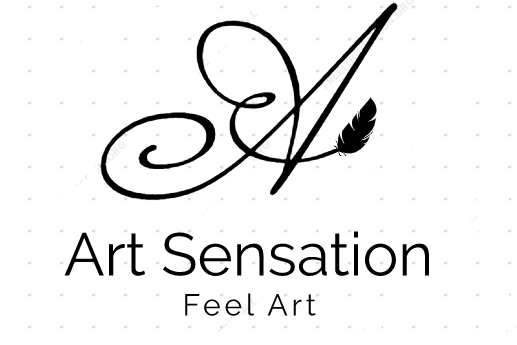Thor’s Fight with the Giants is an oil on canvas painting created in 1872 by Swedish painter Mårten Eskil Winge. It depicts the Norse god Thor in an epic battle against the jötnar, evil creatures that threaten cosmic order. The painting belongs to the Nationalmuseum in Stockholm and measures 484 x 333 centimeters.
Historical and cultural context
Mårten Eskil Winge (1825-1896) was a Swedish painter who specialized in history painting and Norse mythology. He was a professor at the Royal Swedish Academy of Arts, where he trained many students. He also belonged to the Swedish national liberal movement, which frequently used Nordic motifs to exalt democracy and the fight against ignorance.
Thor’s Fight with the Giants is one of his most famous and ambitious works. He completed it in 1872 and sold it to King Charles XV, who died that same year and bequeathed it to the Nationalmuseum. The painting was publicly exhibited at the Nationalmuseum in 1872 and received positive press coverage. It attracted many visitors, some queuing for hours to see it. The young August Strindberg wrote a glowing review in which he interpreted the subject as a representation of the struggle of truth against falsehood.
The painting is inspired by medieval literary sources that recount Thor’s exploits, the god of thunder and lightning in Norse mythology. Thor is son Odin king gods Jörd goddess earth. He is protector men gods against forces chaos embodied jötnar hostile giants living worlds outside Asgard realm gods. Thor has several attributes that make his strength: his hammer Mjöllnir which always returns to his hand after being thrown produces lightning; his belt Megingjörð which doubles his power; his chariot pulled by two goats Tanngrisnir Tanngnjóstr; his iron gloves Járngreipr.
Analysis
The painting depicts intense battle scene between Thor jötnar. God occupies center composition attracts eye imposing stature red hair. He wears armor adorned with solar symbol on chest swastika on belt. Swastika ancient Indo-European symbol meaning movement sun lightning. He holds hammer Mjöllnir right hand brandishes above head ready strike enemies. Hammer surrounded lightning illuminating dark sky.
Thor sits on chariot pulled by two goats leaping over bodies defeated giants. Goats also armed electrified horns allowing them attack jötnar. Chariot decorated plant animal motifs evoking fertile nature Thor defends against chaos.
Jötnar depicted monstrous deformed beings beastly reptilian features. They are dressed animal skins furs carry rudimentary weapons such clubs axes. They are numerous seem to emerge from all sides assault Thor but powerless against his power. Some already dead wounded others fleeing begging.
Landscape around combat desolate chaotic. We distinguish broken rocks uprooted trees flames smoke. Ground littered corpses animals humans perished struggle. Background painting shows distant horizon where snow-capped mountains appear.
Interpretation
The painting can be interpreted as illustration cosmic conflict between order chaos Norse mythology. Thor embodies order light fertility civilization while jötnar embody chaos darkness sterility barbarism. Painting shows Thor superior jötnar dominates them strength bravery.
Painting can also be seen expression Swedish nationalism 19th century. Thor symbol Nordic identity national pride. He represents values Swedish national liberal movement such democracy education progress resistance oppression. Jötnar can be associated real imaginary enemies Sweden time such European powers reactionary forces.
Painting can also be read metaphor struggle between truth falsehood artistic intellectual field. Thor model painter writer seeking express world vision strength originality. Jötnar obstacles critics opposing work thought.
Thor’s Fight with Giants masterpiece 19th century Swedish painting skillfully illustrating episode Norse mythology.Painting testifies artistic genius Mårten Eskil Winge creating dramatic spectacular scene using bright colors strong contrasts realistic details.Painting also reflects historical cultural context created ideas political philosophical conveys.
